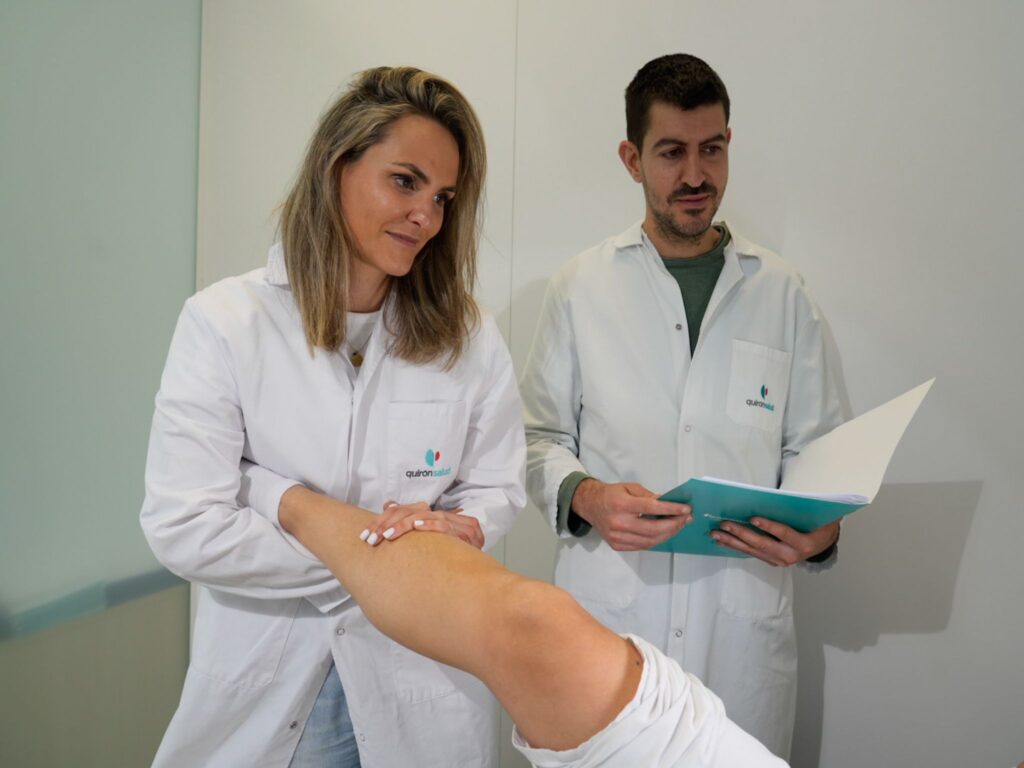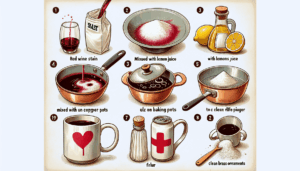Skiing has become one of the most popular winter sports in the Basque Country, with around 35,000 to 40,000 enthusiasts hitting the slopes every season. However, despite its popularity, the practice of this sport is not without risks, and injuries are a common concern among skiers. Dr. Nuria Urquiza, a traumatologist at the Quirónsalud Plaza Euskadi Medical Center, warns about the most common injuries that can occur while skiing.
According to the specialist, knee injuries are the most common, particularly anterior cruciate ligament injuries, which are often caused by falls and sudden turns inherent to the activity. Wrist and collarbone fractures, as well as shoulder dislocations, are also common. The doctor explains that “when we fall, we often do so instinctively, extending our hands to protect ourselves, which increases the risk of injuries in these areas.”
Urquiza points out notable differences in the type of injuries suffered by men and women during skiing. “Women are more likely to suffer knee injuries, particularly anterior cruciate ligament injuries, due to anatomical and hormonal factors.” On the other hand, men tend to experience more injuries in the upper body, such as collarbone fractures and shoulder dislocations, as they often take greater risks while skiing.
To prevent these types of injuries, the doctor emphasizes the importance of proper physical preparation, including strengthening the legs and core, as well as improving flexibility. It is also essential to warm up properly before hitting the slopes, use appropriate equipment, and stay well hydrated, even in cold conditions. “Being aware of one’s limits is key, as injuries often occur at the end of the day, when fatigue can decrease reflexes and technique,” she adds.
Regarding diagnosis and treatment, Urquiza highlights the advances made in the last decade. “We have high-precision magnetic resonance imaging that allows for rapid and accurate diagnosis, even in minor injuries.” Minimally invasive techniques, such as arthroscopy, have revolutionized the approach to injuries. “These procedures make ligament and meniscus repair easier with reduced incisions, significantly speeding up recovery time.”
Rehabilitation is equally crucial for successful recovery. “Surgery accounts for 50% of success, while rehabilitation is the other 50%. An effective rehabilitation program is essential to prevent relapses and ensure complete recovery,” concludes Dr. Urquiza.
Referrer: MiMub in Spanish










